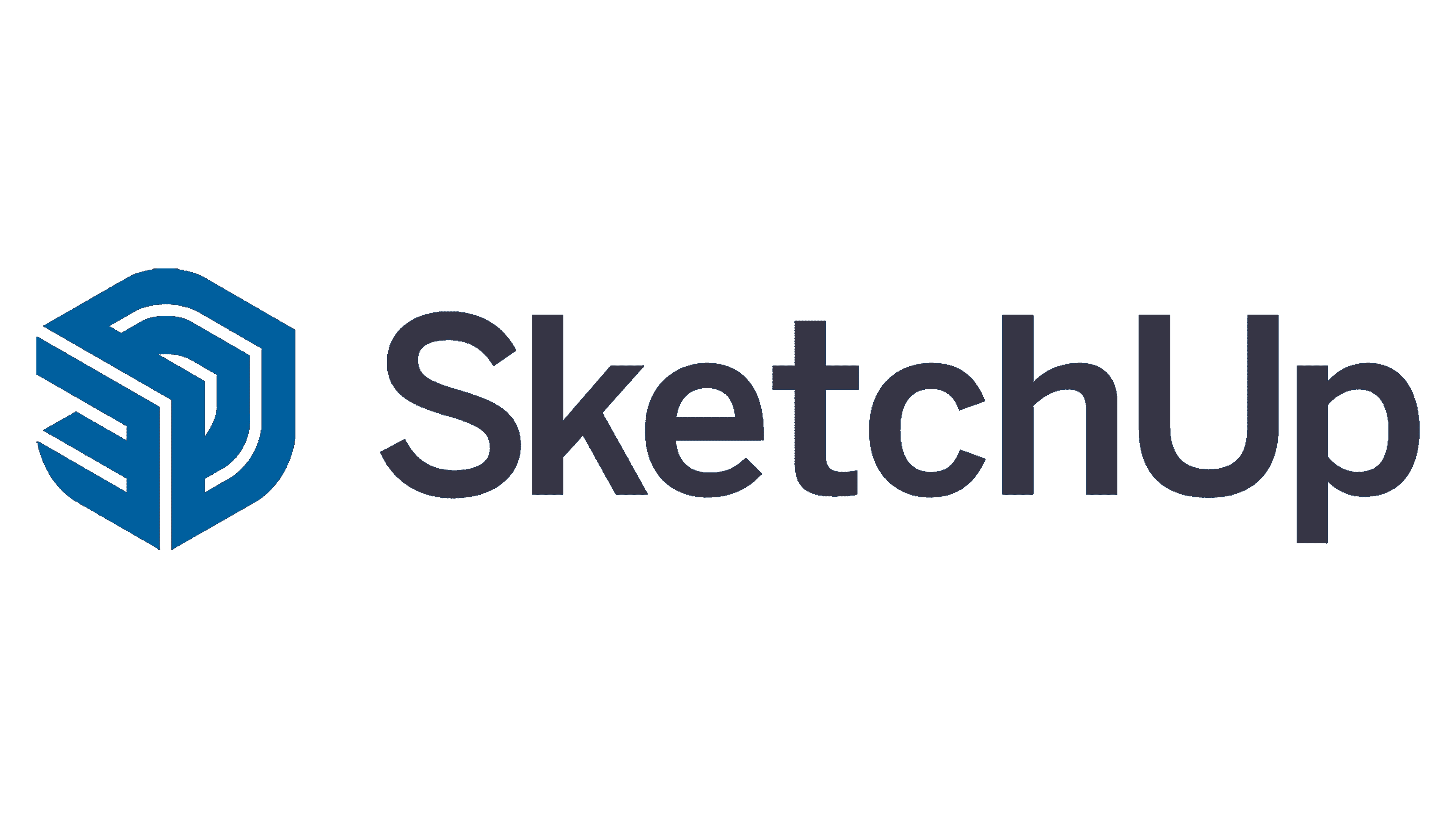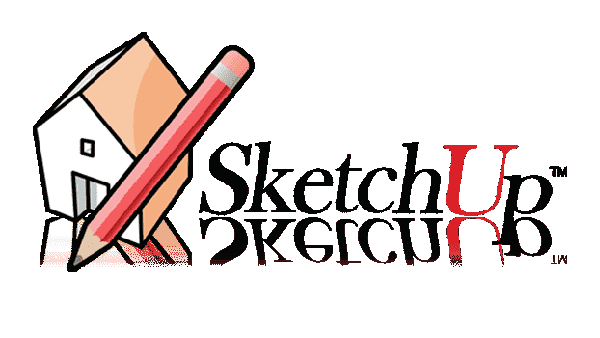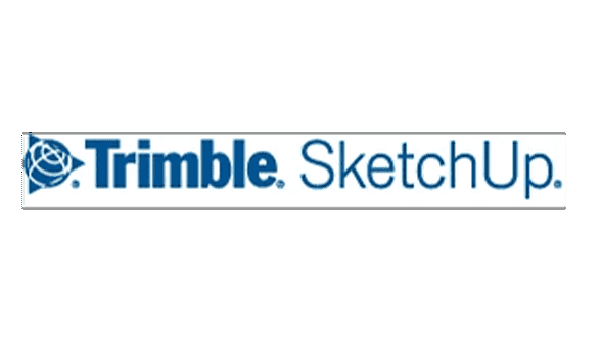SketchUp Logo
Tags: 3D modeling | architecture | computer-aided design
SketchUp includes a setup of subscription-based products, chief among which is SketchUp Pro Desktop. This sophisticated 3D modeling and computer-aided design (CAD) software is a versatile tool for a wide variety of drafting and design needs. Its applications range from architecture, interior design, industrial and product design to landscape architecture, civil and mechanical engineering, and creative fields such as theater, film, and video game development.
Meaning and History
SketchUp emerged from the innovative endeavors of the startup venture Last Software, co-founded by Brad Schell and Joe Esch, headquartered in Boulder, Colorado. The company’s inception occurred in 1999, with the development of a 3D content creation tool envisaged primarily for design professionals. This software garnered accolades early on, receiving a Community Choice Award at its inaugural tradeshow in 2000. Notably, the maiden macOS release of SketchUp earned the prestigious “Best of Show” distinction at Macworld in 2002.
Within SketchUp’s versatile framework, an array of 3D and 2D exporters find their place, catering to diverse applications such as rendering. The capability of the software is exemplified by creations like the C-130 Hercules model, meticulously designed within SketchUp and subsequently rendered using Kerkythea.
The acquisition of Last Software by Google took place in March 2006, catalyzed by the former’s development of a plugin for Google Earth. This event matched the unveiling of Google SketchUp 6 on January 9, 2007—a complimentary downloadable iteration of SketchUp, equipped with integrated functionalities for content uploading to Google Earth and the Google 3D Warehouse.
The subsequent release, Google SketchUp Pro 6, introduced the beta version of Google SketchUp LayOut. This iteration introduced 2D vector tools and page layout features, enabling the creation of presentations within the software itself, obviating the need for a standalone presentation program.
The evolution continued with the launch of SketchUp 7 on November 17, 2008, integrating SketchUp’s Component Browser with Google 3D Warehouse, LayOut 2, and dynamic components responsive to scaling.
SketchUp 8 arrived on September 1, 2010, incorporating model geolocation using Google Maps and integrating Building Maker. This iteration marked the discontinuation of support for Mac OS X Tiger. The use of SketchUp version 8 under Wine garnered a “Gold” rating. Geolocation data consistently resided within the KMZ file, while the actual building designs were stored in SKP format.
Later, Trimble Navigation acquired SketchUp from Google on June 1, 2012, in a transaction shrouded in secrecy regarding the financial details. In the next year, SketchUp 2013 was unveiled, accompanied by the showcase of Extension Warehouse—a dedicated platform hosting an assortment of plugins and extensions tailored for SketchUp users.
What is SketchUp?
SketchUp is a piece of software, designed ed by the Last Software company for 3D modeling and sculpting. Its inception dates back to the year 2000, and over time, it has evolved into a globally considered tool that supports 10 languages.
2000 – 2006
The first logo created by the SketchUp brand’s designers appeared shortly after its founding and was used for the next six years. It included a minimalist house icon with a pencil over it. On the left was the title lettering, in italics with serifs and superfine lines. Notably, the capital letter “U” was colored red and the entire inscription was mirrored as if it were standing on a glass floor.
2006 – 2007
Later, the house icon disappeared and the main element of the logo became the name. The mirror reflection effect was also removed, and a small bright gray inscription “from Google” was placed on the nameplate.
2007 – 2009
Then another transformation took place. The dominant part of the logo became the contemporary Google logo, with a simple gray “SketchUp” extension placed underneath it. It was rendered in an office sans-serif font with bold lines.
2009 – 2012
In the late 2000s, they replaced all the lettering with the familiar pencil & house icon.
2012 – 2013
Upon the acquisition by Trimble, a new logotype emerged as the main for SketchUp. It featured the new owner’s name in bold lines, accompanied by the product’s name in very soft lines. The single color for the letters was blue.
2013 – 2020
Comprising a wordmark accompanied by an emblem positioned to its left, the 2013 logo harmoniously blended these elements. The wordmark employed a bold, modern sans-serif typeface, characterized by a conspicuously elongated tail on the letter “K” and diagonally cut lines, lending a distinctive flair.
The nameplate typically appeared in dark gray, occasionally transitioning to black. The emblem, a focal point of the logo, materialized as a vivid red cube with three carefully carved segments. These segments looked like stair-like formations.
2020 – today
The 2020 redesign of the SketchUp visual identity marked a further departure towards minimalism and modernity, reflected by the adoption of a new icon as its logo. This icon, a blue and white abstract three-dimensional formation, was meticulously rendered in thick blue and white lines. The result was a contemporary emblem that exuded strength and sophistication.
Color
For most of its history, SketchUp either adopted the color palette of its owners or used a red, white & black combination to feature its professionalism and quality. The 2013 version depicted a blue & white icon.
Font
The recent typography style features bold lines with sharp tips and no serifs. The characters ‘S’ and ‘U’ are capitals, while others are lowercase.










